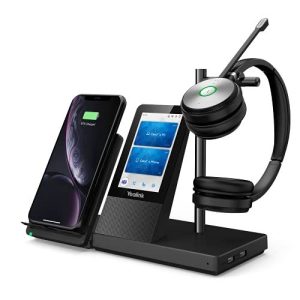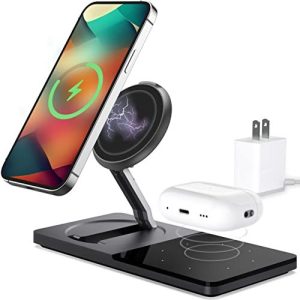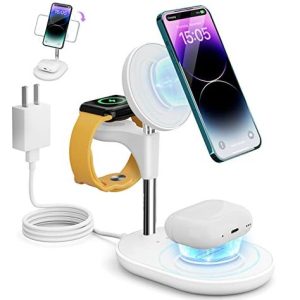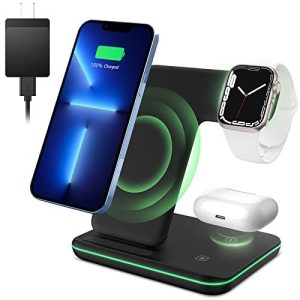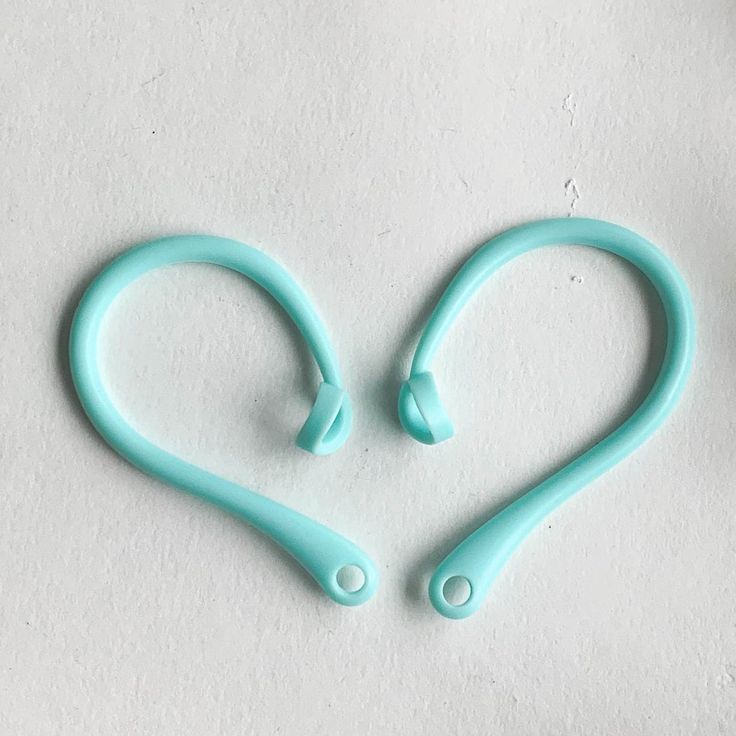Wireless chargers offer a convenient and cable-free way to juice up your compatible devices. This article will guide you through the process of using a wireless charger, ensuring your phone (or other device) gets the power it needs.
Understanding Wireless Charging Technology
Wireless chargers use a technology called inductive charging. Here’s a simplified breakdown:
- A charging pad contains a coil of wire.
- When plugged into a power source, the coil generates a magnetic field.
- When a device with a wireless charging receiver coil placed on the pad, the magnetic field induces an electric current in the receiver coil.
- This electric current charges the battery in your device.
Getting Started with Wireless Charging
Before you start, ensure two things:
Wireless charging compatibility:
Not all devices support wireless charging. Check your device’s user manual or manufacturer’s website to confirm compatibility.
Wireless charger:
Acquire a wireless charger that works with your device. Wireless chargers come in various styles, from basic charging pads to stands.
Setting Up Your Wireless Charger
-
Find a suitable location: Place your wireless charger on a flat, stable surface. Avoid placing it on metal surfaces or near other electronics, as this can interfere with charging.
-
Connect the charger to power: Most wireless chargers come with a power adapter that plugs into a wall outlet. Connect the adapter to the charger following the manufacturer’s instructions.
-
Optional: Placement markers: Some chargers have a designated spot for your device. If so, line up your device with the markings for optimal charging.
Charging Your Device
-
Unlock your device (usually not required): In most cases, you don’t need to unlock your device to initiate wireless charging.
-
Place your device on the charging pad: Gently lay your device flat on the charging pad, aligning the wireless charging receiver coil with the charger’s coil. The exact location of the coil may vary depending on your device.
-
Charging confirmation: Many devices will display a charging indicator on the screen or notification light to show it’s receiving power. Refer to your device’s user manual for specific cues.
Wireless charging generally takes longer than wired charging. However, the convenience of simply placing your device down without fiddling with cables makes it a popular choice for many users.
Tips and Troubleshooting for Wireless Charging
Here are some additional tips to ensure a smooth wireless charging experience:
-
Keep the charging pad clean: Dirt or debris between the device and the pad can hinder charging efficiency. Wipe the charging pad with a clean, dry cloth occasionally.
-
Remove bulky cases: Thick cases might interfere with charging. If your case is especially bulky, try removing it before charging.
-
Using your device while charging: You can typically use your device while it’s charging wirelessly. However, doing so might slow down the charging process slightly.
-
Troubleshooting: If your device isn’t charging, ensure it’s properly aligned on the pad and check for any obstructions. Also, make sure the charger is securely plugged into a power source and turned on (if applicable).
If you continue to have issues, consult the user manuals for both your device and your wireless charger.
The Future of Wireless Charging
Wireless charging technology is constantly evolving. Here are some potential future advancements:
-
Faster charging speeds: Wireless charging speeds are improving but still lag behind wired charging in some cases. Future advancements aim to bridge this gap.
-
Long-range charging: Imagine charging your devices from a distance without needing a charging pad! Long-range charging is a concept being explored for future applications.
-
Wider device compatibility: The dream is for all devices to support wireless charging seamlessly. The future might see wider adoption of this technology across different gadgets.
Wireless charging offers a glimpse into a future where charging our devices is effortless and convenient. So ditch the cables, embrace the pad, and enjoy the wire-free charging experience!
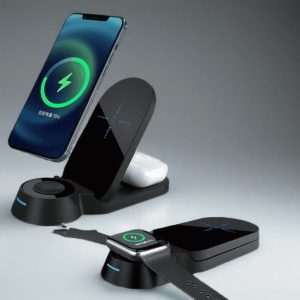
Choosing the Right Wireless Charger
With compatibility confirmed, it’s time to pick a wireless charger! There are many options to consider:
-
Charging pad vs. stand: Charging pads lay flat, while stands prop your device upright. Stands can be useful for watching videos while your device charges.
-
Speed: Wireless chargers come in different speeds. Look for one that meets your needs. Faster charging might be ideal for some, while others prioritize portability or aesthetics.
-
Design: Wireless chargers come in various styles and colors. Choose one that complements your space.
Eco-Conscious Charging
Wireless charging adds convenience, but it does use some standby power even when not in use. Here are some eco-friendly tips:
-
Unplug unused chargers: When you’re not actively charging a device, unplug the wireless charger to avoid unnecessary power consumption.
-
Consider certifications: Look for wireless chargers with energy efficiency certifications to minimize environmental impact.
-
Recycle responsibly: When it’s time to replace your charger, recycle it according to local guidelines.
By making small choices, you can contribute to a greener future while enjoying the convenience of wireless charging.
Keeping Your Device Safe While Charging
Whether using a wireless charger or a traditional cable, it’s important to practice safe charging habits to protect your device and battery:
-
Avoid extreme temperatures: Don’t leave your device charging in very hot or cold environments.
-
Use certified chargers: Stick to wireless chargers that are certified to meet safety standards.
-
Beware of moisture: Keep your device and the charging pad dry to prevent electrical damage.
By following these simple tips, you can ensure your device charges safely and efficiently.
Exploring the World of Wireless Charging
Now that you understand the basics, let’s delve into the exciting world of wireless charging! Here are some interesting facts and trivia:
-
Wireless charging isn’t new! The concept has been around for decades, but technological advancements have made it more practical in recent years.
-
There are different wireless charging standards. While most modern devices follow common standards, it’s always a good idea to check for compatibility before purchasing a charger.
-
Wireless charging can be used for more than just smartphones. Wireless charging pads can be used to power up a variety of compatible devices, like smartwatches and earbuds.
Conclusion: Power Up Your Day with Wireless Charging
Wireless charging offers a cable-free and convenient way to keep your compatible devices powered up. By following these tips, you can enjoy a smooth and efficient wireless charging experience.
So ditch the cables, embrace the pad, and power up your day with the future of charging!







